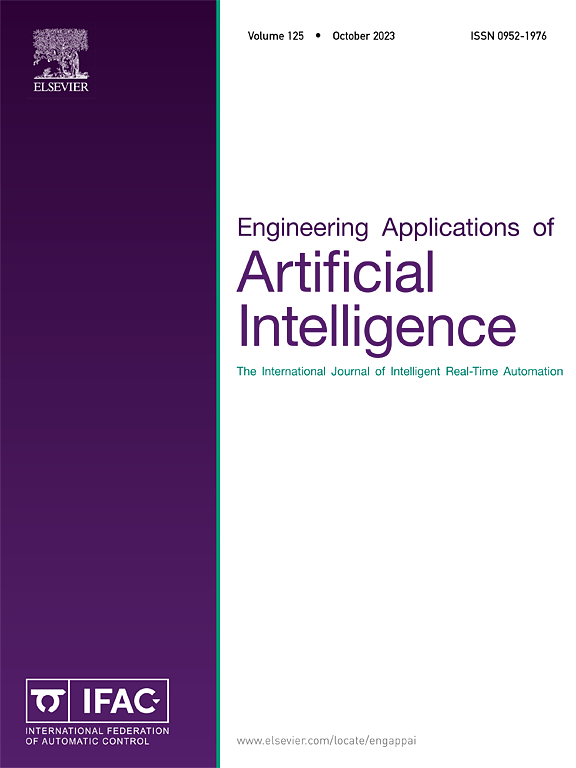Susceptibility risk assessment of oil and gas pipeline geological hazards in mountainous areas based on data-driven model
IF 7.5
2区 计算机科学
Q1 AUTOMATION & CONTROL SYSTEMS
Engineering Applications of Artificial Intelligence
Pub Date : 2025-04-07
DOI:10.1016/j.engappai.2025.110732
引用次数: 0
Abstract
Geological hazards are recognized as causing significant damage to oil and gas pipelines, often resulting in catastrophic loss of life and property and hindering societal progress. In this study, a data-driven evaluation model is developed by integrating the Information Value method (IVM) with a Back Propagation Neural Network (BPNN) to assess the susceptibility of geological hazards in mountainous oil and gas pipelines. The IVM is used to identify non-hazardous areas, optimizing sample selection and reducing training errors, while the BPNN is employed to determine the weights of evaluation indicators, enhancing accuracy. First, an evaluation index system is proposed that comprehensively considers the natural geographical conditions and main disaster types. Next, non-disaster areas are located using the IVM and combined with disaster-prone areas to form the sample data. The sample data is then input into a BPNN for training, and the weights of each evaluation index are obtained from the trained network. Finally, a susceptibility risk assessment model is developed based on the derived weights and information values to accurately evaluate the susceptibility of pipeline geological hazards. A pipeline in China's Zhejiang Province's mountainous region is used as an illustration. Compared to the single IVM model and the single BPNN model, the receiver operator characteristic curve shows that the proposed method achieves significant improvements in the area under the curve by 9.8 % and 11.2 %, respectively, indicating a high level of evaluation accuracy. This study provides a reliable approach for assessing geological hazard susceptibility, offering scientific support for pipeline planning and hazard mitigation in oil and gas operations.
求助全文
约1分钟内获得全文
求助全文
来源期刊

Engineering Applications of Artificial Intelligence
工程技术-工程:电子与电气
CiteScore
9.60
自引率
10.00%
发文量
505
审稿时长
68 days
期刊介绍:
Artificial Intelligence (AI) is pivotal in driving the fourth industrial revolution, witnessing remarkable advancements across various machine learning methodologies. AI techniques have become indispensable tools for practicing engineers, enabling them to tackle previously insurmountable challenges. Engineering Applications of Artificial Intelligence serves as a global platform for the swift dissemination of research elucidating the practical application of AI methods across all engineering disciplines. Submitted papers are expected to present novel aspects of AI utilized in real-world engineering applications, validated using publicly available datasets to ensure the replicability of research outcomes. Join us in exploring the transformative potential of AI in engineering.
 求助内容:
求助内容: 应助结果提醒方式:
应助结果提醒方式:


